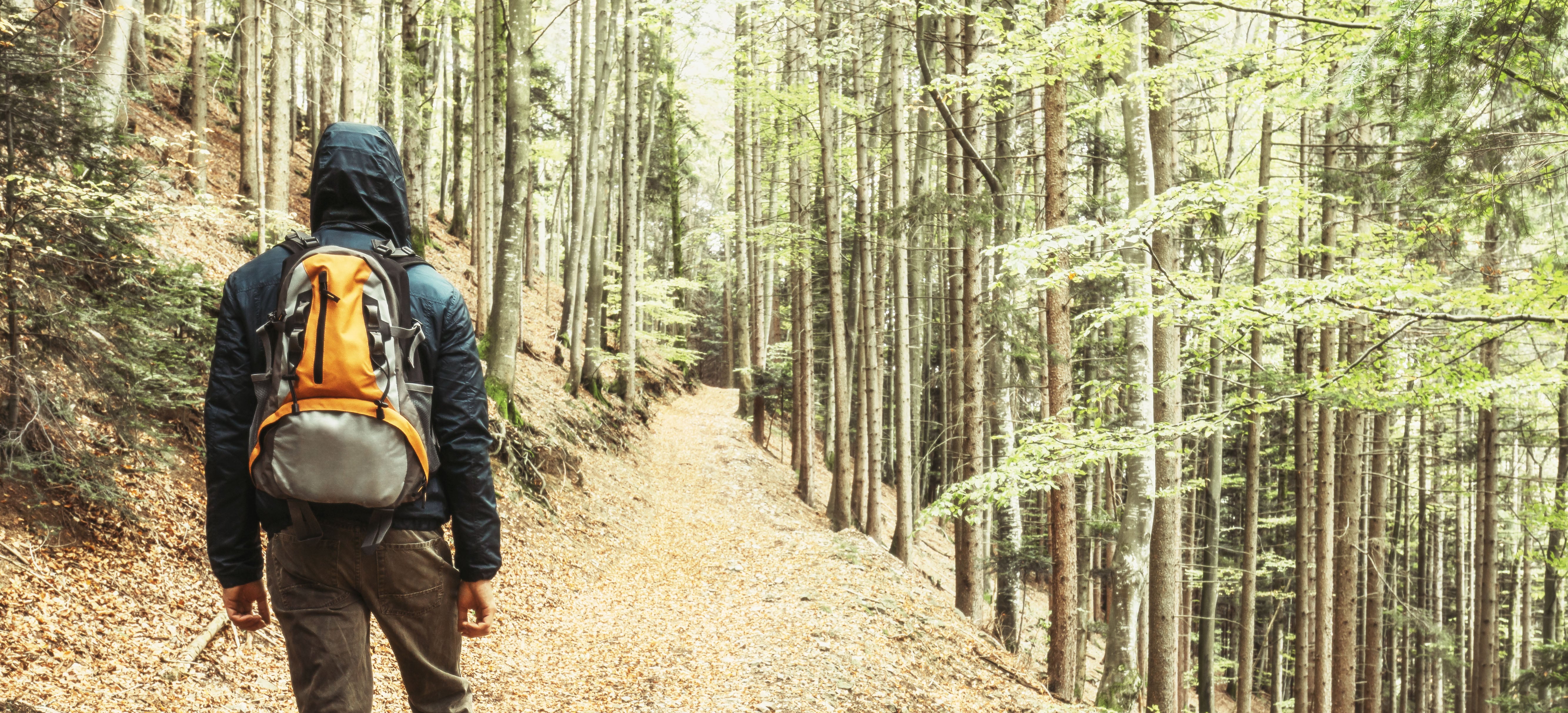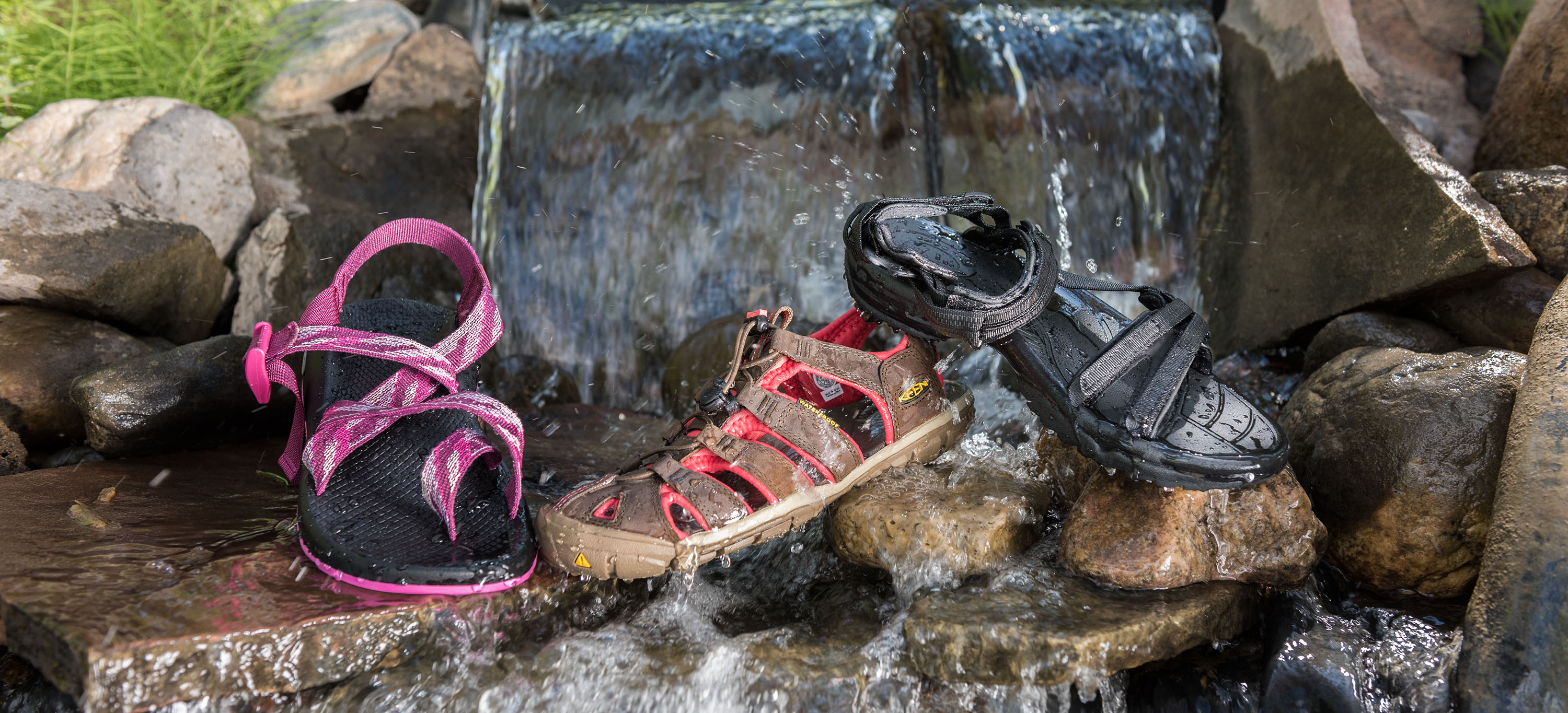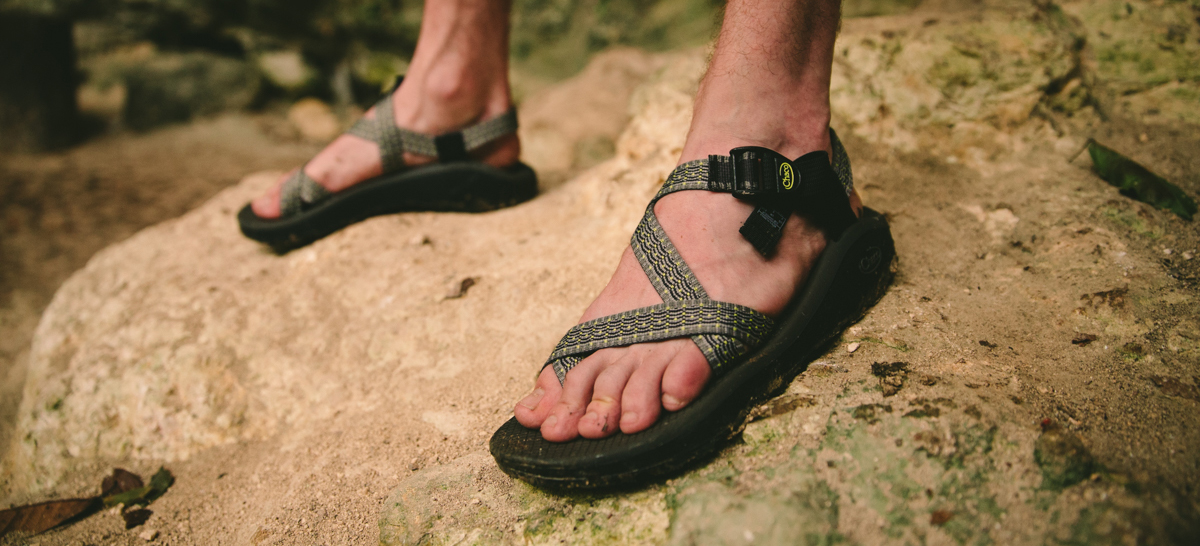The United States and Canada widely use the Yosemite Decimal System to rate the difficulty of hikes, trail runs, and climbs. This system has five levels, ranging from accessible dirt paths to rock climbing that requires some technical gear. It's particularly important to find out the class of a route if you're gearing up for hikes that could get technical, like 14ers (hikes with a peak elevation over 14,000 feet above sea level).
If you're new to hiking classes or still aren't sure what each class really means, we've got you covered with an explanation for each of the five hiking classes.
Class 1
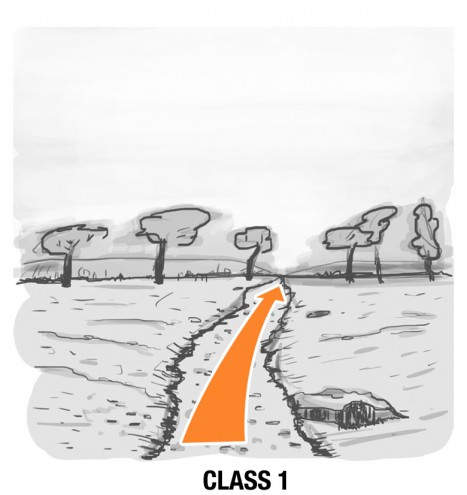
A Class 1 hike is a low-risk hike on a well-marked trail. A majority of frequently accessed hiking trails are considered Class 1. A Class 1 rating doesn't mean you won't gain elevation or be blown away by the views (figuratively), it simply means you won't need any technical gear beyond your hiking shoes, hiking poles, and a day pack to enjoy the hike.
Class 2
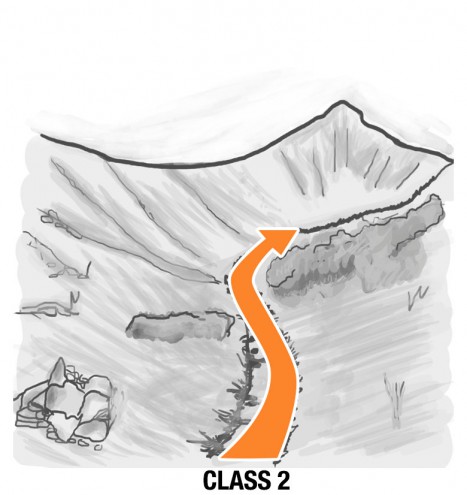
Ready your map-reading skills, because Class 2 trails might have sections that aren't clearly marked. While there's a chance you'll need to use your hands for extra balance, for the most part the terrain on Class 2 levels of hiking is considered easy or moderate. The unsteadiness of a Class 2 trail often comes from the need to traverse over small, loose rock called scree, or larger, semi-loose rock fields known as talus. In colder regions, slippery snowpack on steep terrain can also be thrown into the mix. A good pair of hiking shoes or hiking boots is highly recommended here, but no technical gear is required.
 Snow-packed talus field. Photo courtesy Leeanne Nowicki.
Snow-packed talus field. Photo courtesy Leeanne Nowicki.Class 3
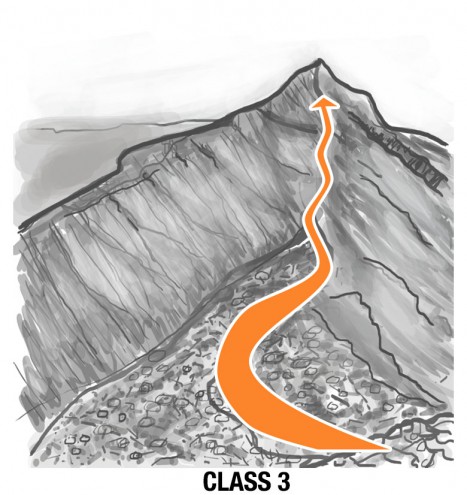
If you feel confident on rock and want to mix things up, step right up to Class 3. Often Class 3 hikes include sections with rugged terrain where you'll need to use your hands to scramble across extreme terrain, such as large rocks, steep slopes, or a combination of both. You don't need technical climbing gear, but some people use ropes for added safety. The exposure (being exposed to a steep slope with little to no protection from a fall) of a Class 3 hike is kicked up a notch, so come prepared!
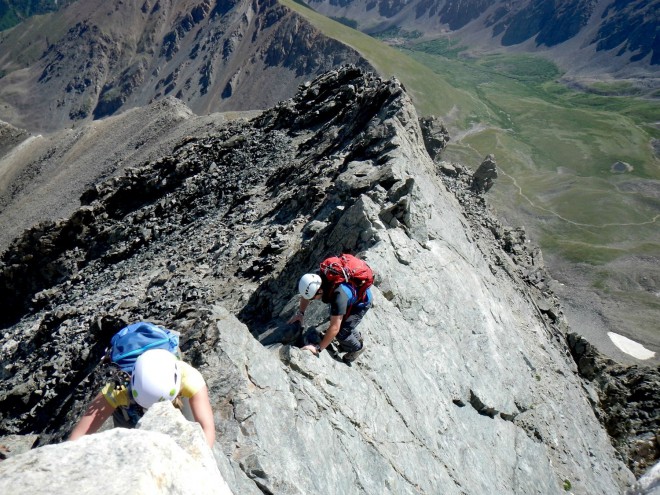 Traversing Kelso Ridge on Torreys Peak in Colorado. Photo Courtesy Lynne Petre
Traversing Kelso Ridge on Torreys Peak in Colorado. Photo Courtesy Lynne PetreClass 4
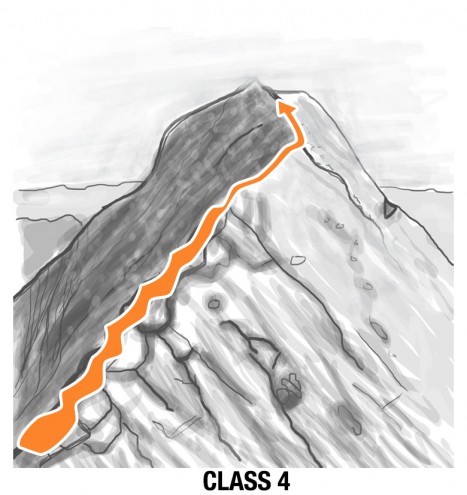
Here's where climbing ropes start coming into play. Class 4 is considered to be more of a climbing or mountaineering route than a hiking trail. While the climbing or traversing might be considered easy, unstable terrain and a high level of exposure warrant the use of a rope for most Class 4 routes. Ropes, along with harnesses, belay devices and the knowledge of how to use this gear is best practice, here.
Class 5
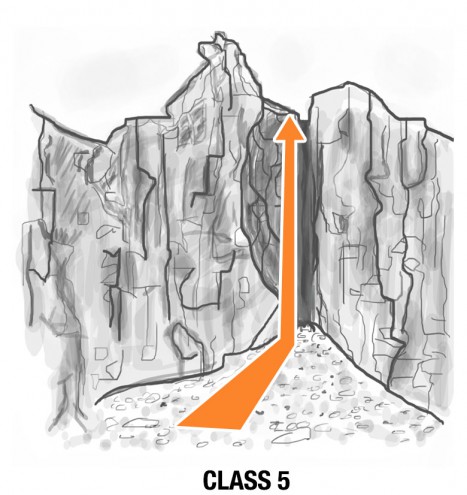
Now we've made the full transition from hiking to rock climbing. A Class 5 route is considered technical free-climbing and requires the whole rock climbing getup: a rope, a harness, a belay device, climbing shoes, a helmet and other hardware, such as quickdraws, depending on the type of climbing you're doing. You certainly don't want to fall without a rope on these hikes, so be sure to grab your belay buddy before scoping out a route.
Free-climbing routes actually have an added decimal system and letters (5.0-5.15d) to rate the difficulty of specific class 5 routes, but we'll save that for another day.
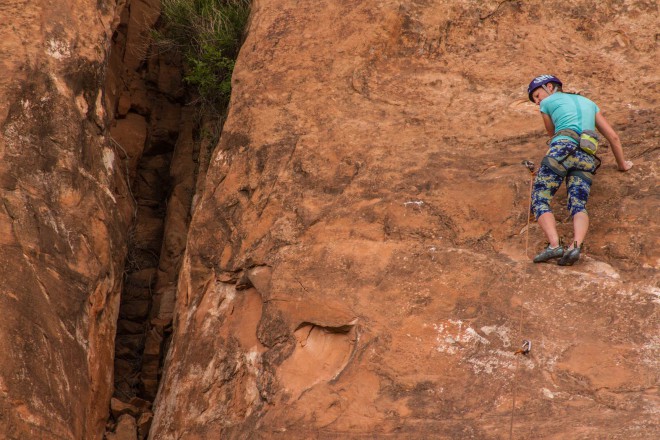
You can learn more about rock climbing and hiking on our climbing buyer's guide or through this video on what to bring on a day hike.
